Autel MaxiDAS DS808S-TS Manual
Læs gratis den danske manual til Autel MaxiDAS DS808S-TS (155 sider) i kategorien Ikke kategoriseret. Denne vejledning er vurderet som hjælpsom af 26 personer og har en gennemsnitlig bedømmelse på 4.9 stjerner ud af 13.5 anmeldelser.
Har du et spørgsmål om Autel MaxiDAS DS808S-TS, eller vil du spørge andre brugere om produktet?

Produkt Specifikationer
| Mærke: | Autel |
| Kategori: | Ikke kategoriseret |
| Model: | MaxiDAS DS808S-TS |
Har du brug for hjælp?
Hvis du har brug for hjælp til Autel MaxiDAS DS808S-TS stil et spørgsmål nedenfor, og andre brugere vil svare dig
Ikke kategoriseret Autel Manualer


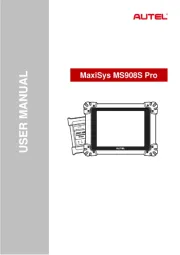
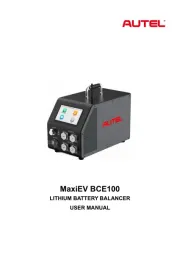
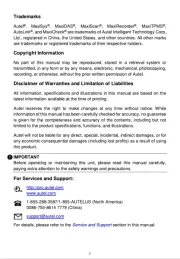
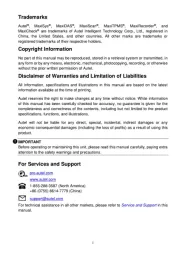
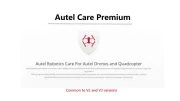
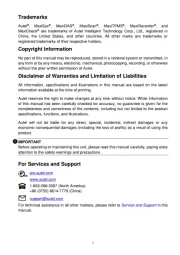
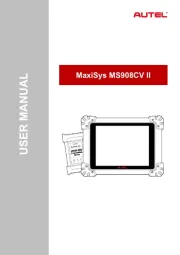
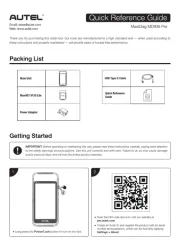
Ikke kategoriseret Manualer
- Renkforce
- Cooper Lighting
- LC-Power
- Winter Modular
- Linq
- Unify
- Clearsonic
- Geemarc
- Michigan
- Lake People
- Garden Lights
- Nady
- Kodak
- Florabest
- Alcatel
Nyeste Ikke kategoriseret Manualer









